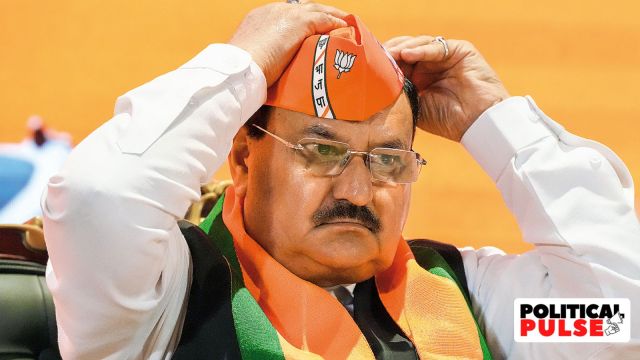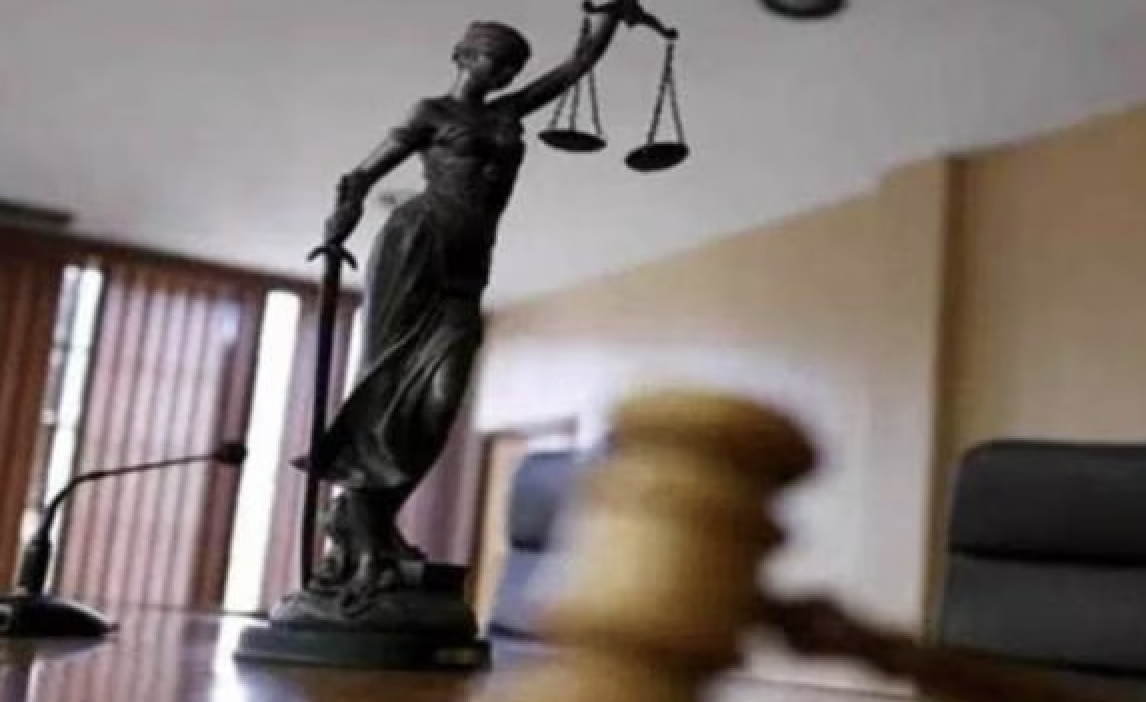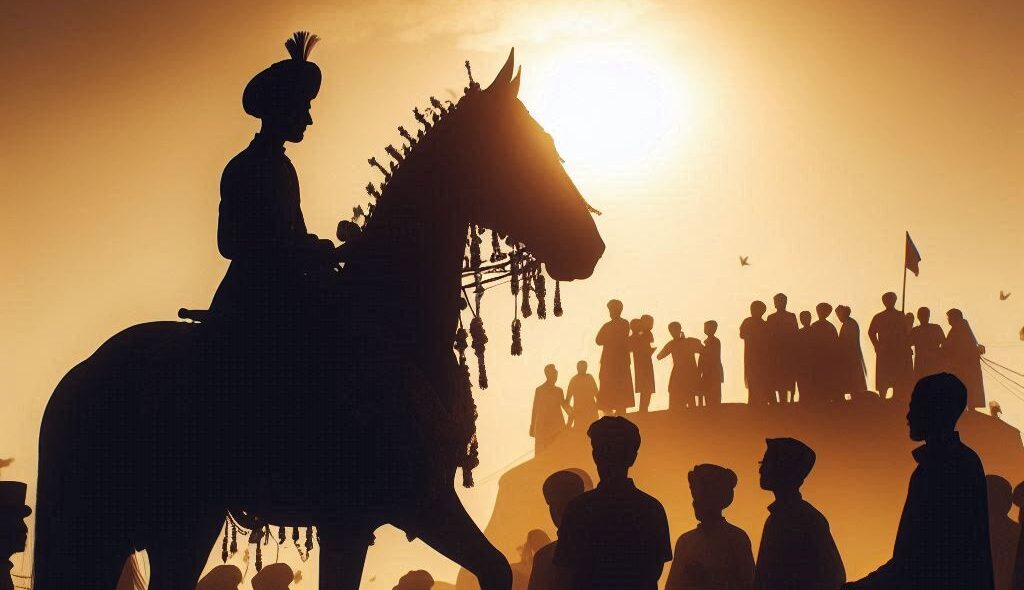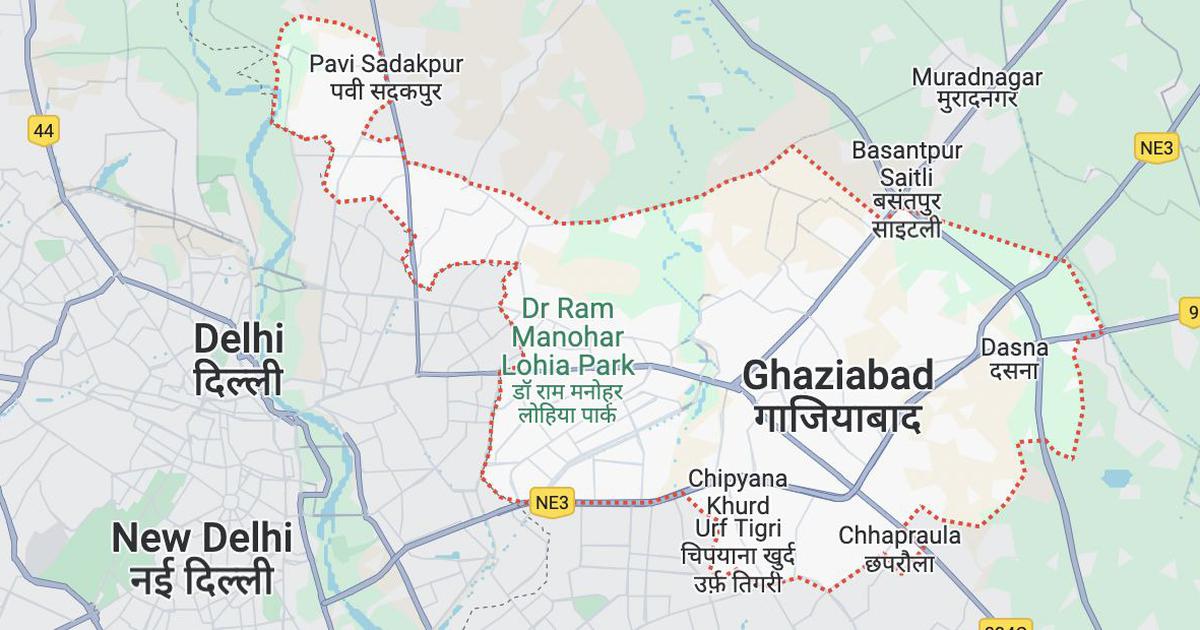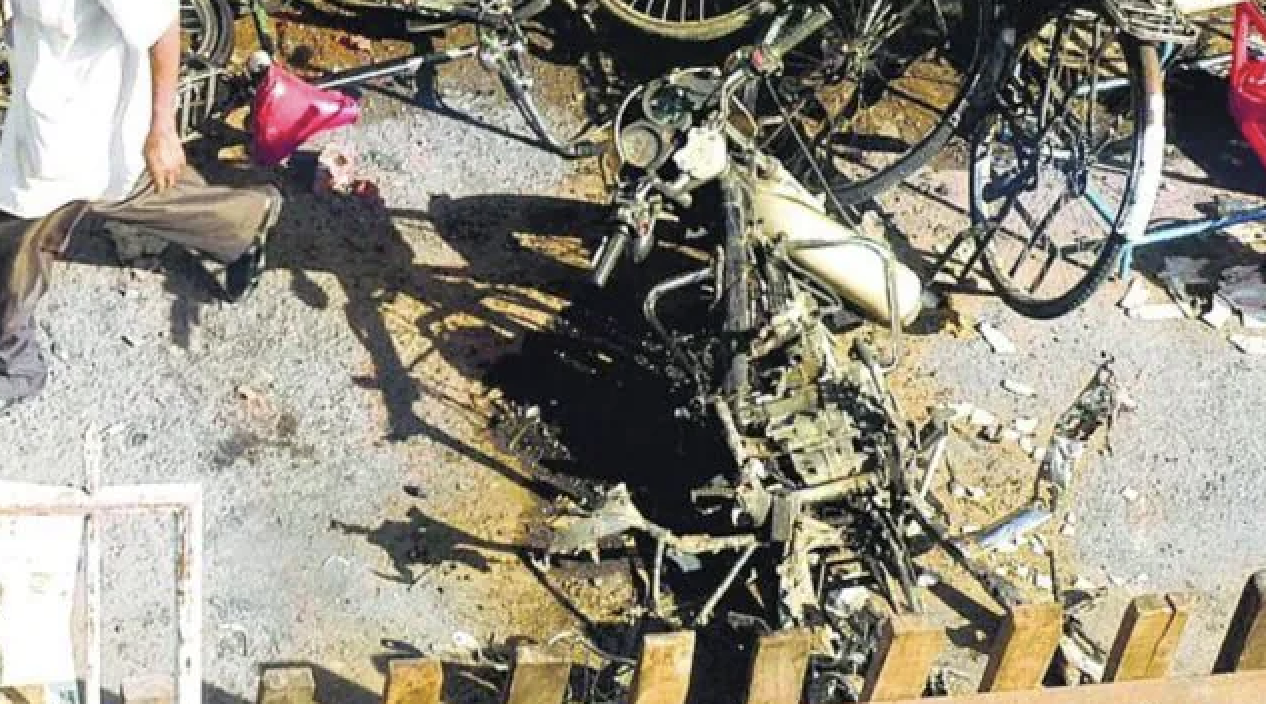
By DILIP MANDAL / The Print
Choosing Droupadi Murmu for the largely ceremonial position of India’s president is not just an act of representative symbolism, it speaks to the core political and Hindutva project of the BJP and the RSS.
The Constitution vests executive power in the hands of the majority leader of the Lok Sabha – the prime minister. Narendra Modi is sitting comfortably on that seat with a bumper majority. But the BJP takes the selection of presidential candidates quite seriously.
There is an obvious reason behind the party selecting Droupadi Murmu – her identity. She comes from a tribal community. PM Modi underlined the fact that she is associated with “empowering the poor, downtrodden and especially the marginalised.” The BJP is trying to broaden its social base, and has chosen Murmu at a time when many tribal leaders and organisations have demanded that India’s tribes be enumerated separately from Hindus in the upcoming Census. Their claim—different tribes follow different religions and so should have their own ‘Sarna religion code’— is gaining traction.
Jharkhand Chief Minister Hemant Soren had supported them last year. “Adivasis were never Hindus and they never will be,” he had said at a conference at Harvard University. “The tribal community has always been nature worshipers and that is the reason why they are counted as ‘indigenous people’.” The BJP opposed Hemant Soren’s assertion. The demand for separate identity markers by tribal organisations must have rattled the RSS. Including the tribes within the Hindu fold has been a dream project for the Hindutva group. Droupadi Murmu, a Hindu tribe leader who wears Hinduism on her sleeves, will bolster the BJP’s effort to build bridges with those tribes. This can also send the right type of message to the converted tribes.
RSS’ Hindutva plan
The conversion of India’s tribes to Christianity and the change in demography has been a big issue for the RSS. Over the years, northeastern states such as Nagaland, Mizoram and Meghalaya have become Christian-dominated. That doesn’t help the Hindu Rashtra project. The RSS fears the conversions will affect the rest of India.
Christian missionaries started working here in the early 19th century. Despite that, it has a scant presence in states such as Jharkhand, Odisha, Chhattisgarh and West Bengal, which have sizable tribal populations. Of these states, Jharkhand has the highest Christian population (only 4.3 per cent), according to the last Census. But the RSS is in mission mode to stop conversions and is trying to match the philanthropic works of the Christian missionaries through various offshoot organisations like Vanavasi Kalyan Ashram. Professor Badri Narayan wrote in an article that in these areas “tribal deities are placed inside Hindu temples” for “forging a Hindu-tribal synergy.” It seems that keeping the tribes out of the Christian fold is only the first step of the RSS project to make them Hindu.
In recent years, these areas have also witnessed violence by Hindutva organisations against churches and missionaries. A Santhal Hindu tribal woman sitting in the Rashtrapati Bhawan will be a big statement by the Hindutva brigade that it is ready to accommodate the Hindu tribes in power structures.
Presidential choice never arbitrary for BJP
The RSS and BJP are consistent with their acts of symbolism. Its choice of a presidential candidate has never been an arbitrary act.
During the Atal Bihari Vajpayee era, the BJP was running the government with the support of NDA partners. The party opted for Abdul Kalam as the presidential candidate back then to send the right signals to its secular partners. Similarly, current president Ram Nath Kovind also fits well in the representation matrix of the BJP – it’s an attempt to win the hearts and minds of Scheduled Caste (SC) voters. A large number of SC voters have been traditionally aligned with the Congress. Some later shifted towards the BSP in Uttar Pradesh.
The way the RSS is co-opting leaders from different communities to send feelers to those groups is an important part of BJP politics. It follows VD Savarkar’s ideology – a ‘Virat Hindutva’ that is forged by the solidarity of all non-Muslims and non-Christians.
The BJP had also supported the candidature of KR Narayanan, who incidentally was the first Indian President from a Scheduled Caste community. The BJP, at that time, decided to be on the right side of history making.
Clueless opposition & RSS’ meta plan
India’s opposition parties, however, have selected their presidential candidates quite arbitrarily.
Sharad Pawar, Farooq Abdullah, and Gopal Krishna Gandhi were their preferences this time. After they backed out, Yashwant Sinha was picked. Incidentally, Sinha was in the BJP till 2018 and a Union minister in the Vajpayee government. He was a BJP MP from Hazaribagh Lok Sabha constituency in Jharkhand. The BJP fielded his son Jayant Sinha from Hazaribagh in 2014 and 2019. Yashwant Sinha leaving the BJP was more personal than ideological. But picking him as presidential candidate doesn’t provide any ideological or political dividend for the Opposition.
On the other hand, the BJP is actually implementing a ‘division of labour’ in India’s power structures. It is ensuring representation for the subaltern groups in political spheres. Most of these are ornamental or symbolic positions. So, we will find many SC, ST, OBC state ministers in the Council of Ministers or as governors. At the same time, institutions like the bureaucracy, PMO, key Union Cabinet posts, heads of PSUs and banks, academic institutions, and regulatory bodies are headed mostly by Hindu upper castes. Over and above everything, there is an all-encompassing RSS structure, headed by Dr Mohan Bhagwat and his chosen team of pracharaks (volunteers). The RSS ensures that the Leviathan moves and acts in a way that suits its meta design and purpose. Selection of Droupadi Murmu is part of that meta design.
This article first appeared on theprint.in


